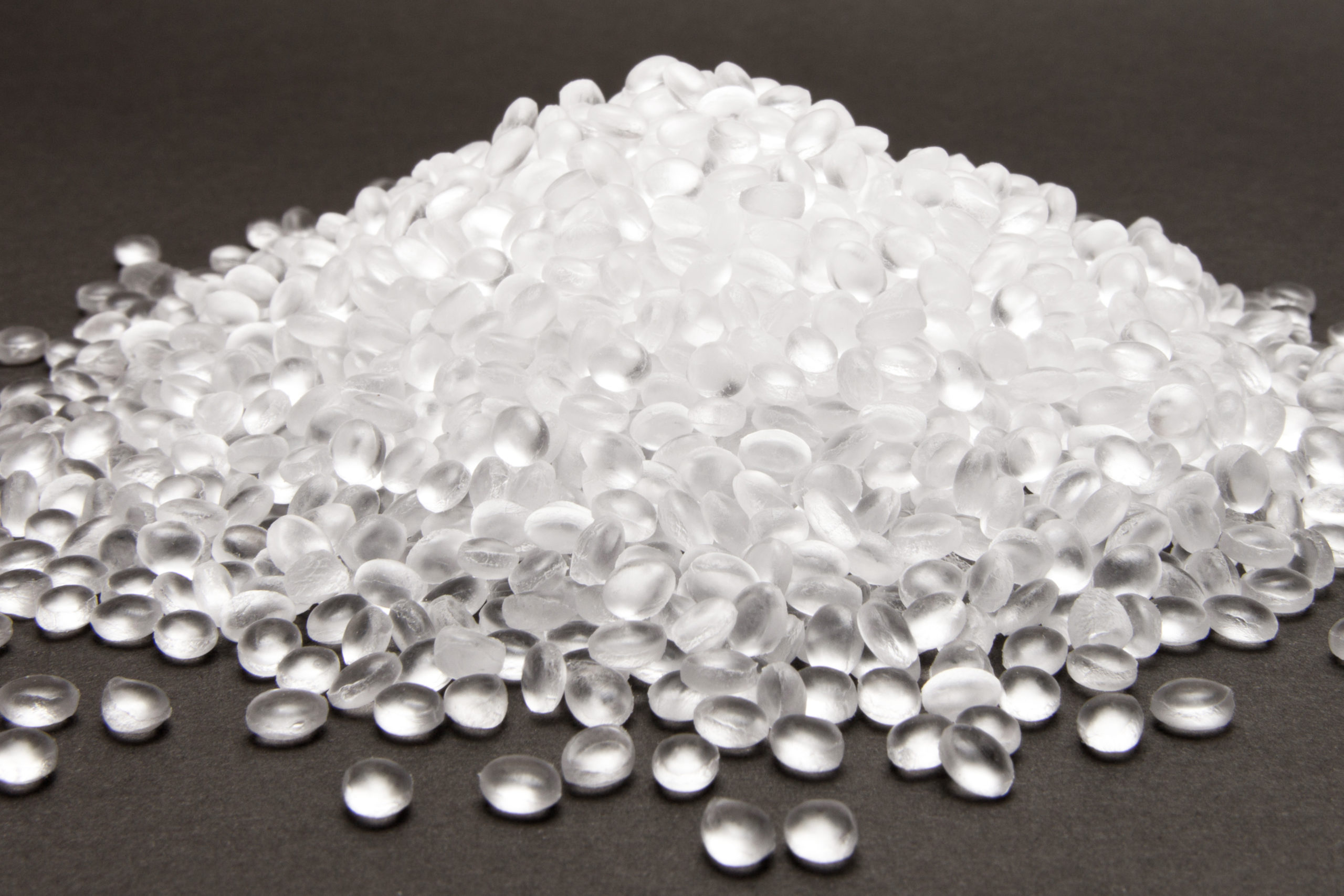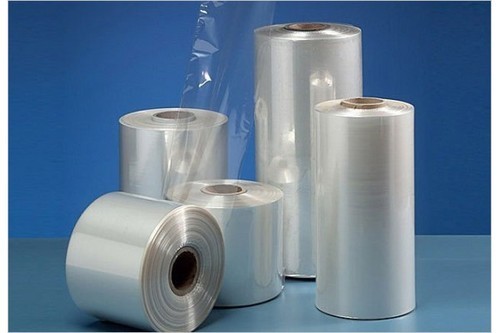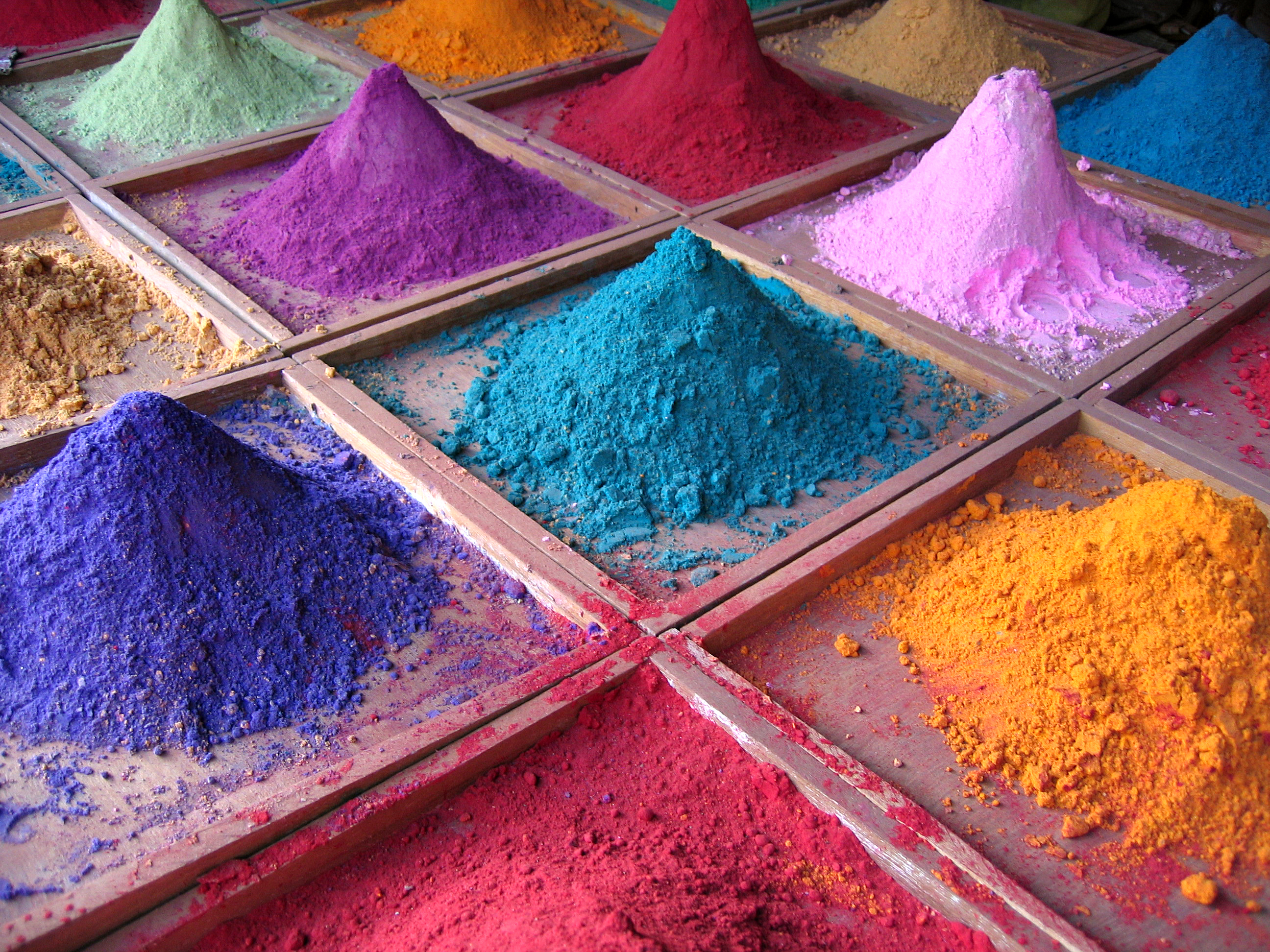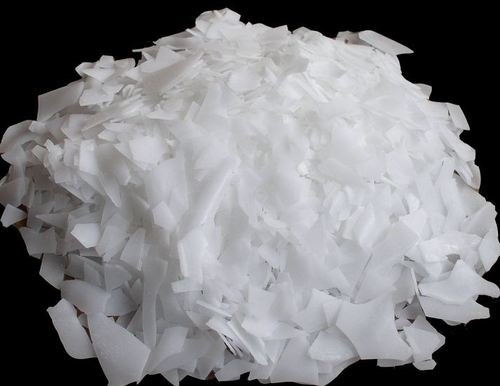Polyamide(Nylon)
Nylon is the commercial name for a type of polyamide thermoplastic. It was first developed by DuPont engineers in the mid-1930s and has since been used in almost every industry. Polyamide nylon has a wide range of uses including rope, gears and even stockings. It is usually formed into fibres for use in microfilaments and yarns but can also be cast.
Types Of Polyamide(Nylon):
- Nylon 6
- Nylon 66
- Nylon 6 15% & 30 % Glass filed
- Nylon 66 15 & 30 % Glass filed.
- Nylon 66 FR V-0
- Nylon 6 Recycled
- Nylon 66 Recycled
- Recycled Glass filed
- Master batches
.jpg)


Polypropylene (PP)
The full form of PP is Polypropylene. Polypropylene is a polymer whose monomer is propylene. The physical and chemical properties of polypropylene are quite similar to those of polyethylene in some regards. Polypropylene is known to have a high melting point, making it an ideal material for the construction of microwave-friendly containers. Polypropylene is chemically resistant to water, alkalis, and acids.
- Grades Of Homopolymer:-
- Random Copolymer:-
- Impact Copolymer:-
AM120N AM650N AS030N AS12000N AS160N AS4000N
H019TG H020EG H026SG H030SG H034SG H045SG
H050MN H060FU H070SG H080EY H100EY H110FU
H110MA H110MAS H200FG H200MA H200MK H250FG
H350EC H350FG H350FH SS35N
AER003N AM010N R120MK SR20NC SR20NS SRM100NC
SRM250NC SRX100
B030MG B120MA B220MN B300MN B400MN B650MN
C015EG C080MA C080MT C120MN C320MN D120MA
MI3530 MI7035


Low Density Polyethylene (LDPE)
The full form of LDPE is Low Density Polyethylene. Low-density polyethylene is a thermoplastic made from the monomer ethylene. It was the first grade of polyethylene, produced in 1933 by Imperial Chemical Industries using a high pressure process via free radical polymerization.
- Grades Of LDPE:-
1005FY20 1020FA20 1070LA17 16MA400 22FA002
24FA040 24FS040 J1005FY20 J1007FA20 J1020FA20
J1020FF20 J1020XA20 J24FA040 J24FS040


High Density Polyethylene (HDPE)
The full form of HDPE is High Density Polyethylene. High-density polyethylene (HDPE) or polyethylene high-density (PEHD) is a thermoplastic polymer produced from the monomer ethylene. It is sometimes called "alkathene" or "polythene" when used for HDPE pipes.
- Grades Of HDPE:-
45GP004 46GP003 46GP009 46GP009UV 52GB002
52GB003 52GB007 54GB012 B56003 E52009
EE20 F46003 F46003E HD50MA180 HD53EA010
HD55EF010 L60075 M60075 S42005 S46005


Polycarbonates(PC)
Polycarbonates (PC) are a group of thermoplastic polymers containing carbonate groups in their chemical structures. Polycarbonates used in engineering are strong, tough materials, and some grades are optically transparent. They are easily worked, molded, and thermoformed.
Uses of Polycarbonate:-
- clear windows on prototype models.
- color tinted translucent prototypes.
- clear tubes for sports equipment prototypes.
- diffusers and light pipes for LEDs.
- clear molds for urethane and silicone casting.
- 3D printed models for high heat applications when ABS is not an option.
- machinery guards.
.jpg)


Pigment
A pigment is a colored material that is completely or nearly insoluble in water. In contrast, dyes are typically soluble, at least at some stage in their use. Generally dyes are often organic compounds whereas pigments are often inorganic compounds. Pigments of prehistoric and historic value include ochre, charcoal, and lapis lazuli.
Types Of Pigment:
- Organic Pigment
- fluorescent pigment
- Inorganic pigment
- Pearlescent pigment
Uses Of Pigment:
- Plastic
- Coating
- Ink's
- Textile
- Paper
- Agro-Pesticide
- Insecticide & Herbicides & Seed Coating







Wax
A wax is a simple lipid which is an ester of a long-chain alcohol and a fatty acid. The alcohol may contain from 12-32 carbon atoms. Waxes are found in nature as coatings on leaves and stems. The wax prevents the plant from losing excessive amounts of water.
Types of Wax:-
- Polyethylene(PE) Wax:- PR-700
PR-300 - Paraffin(P) Wax:- PR-700
PR-300




